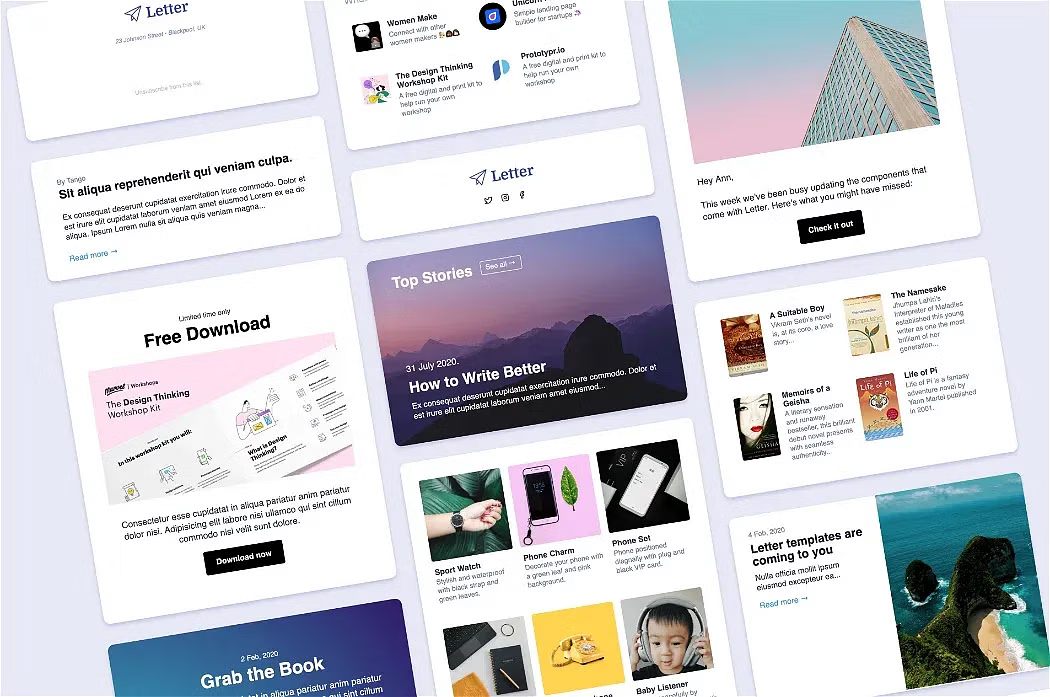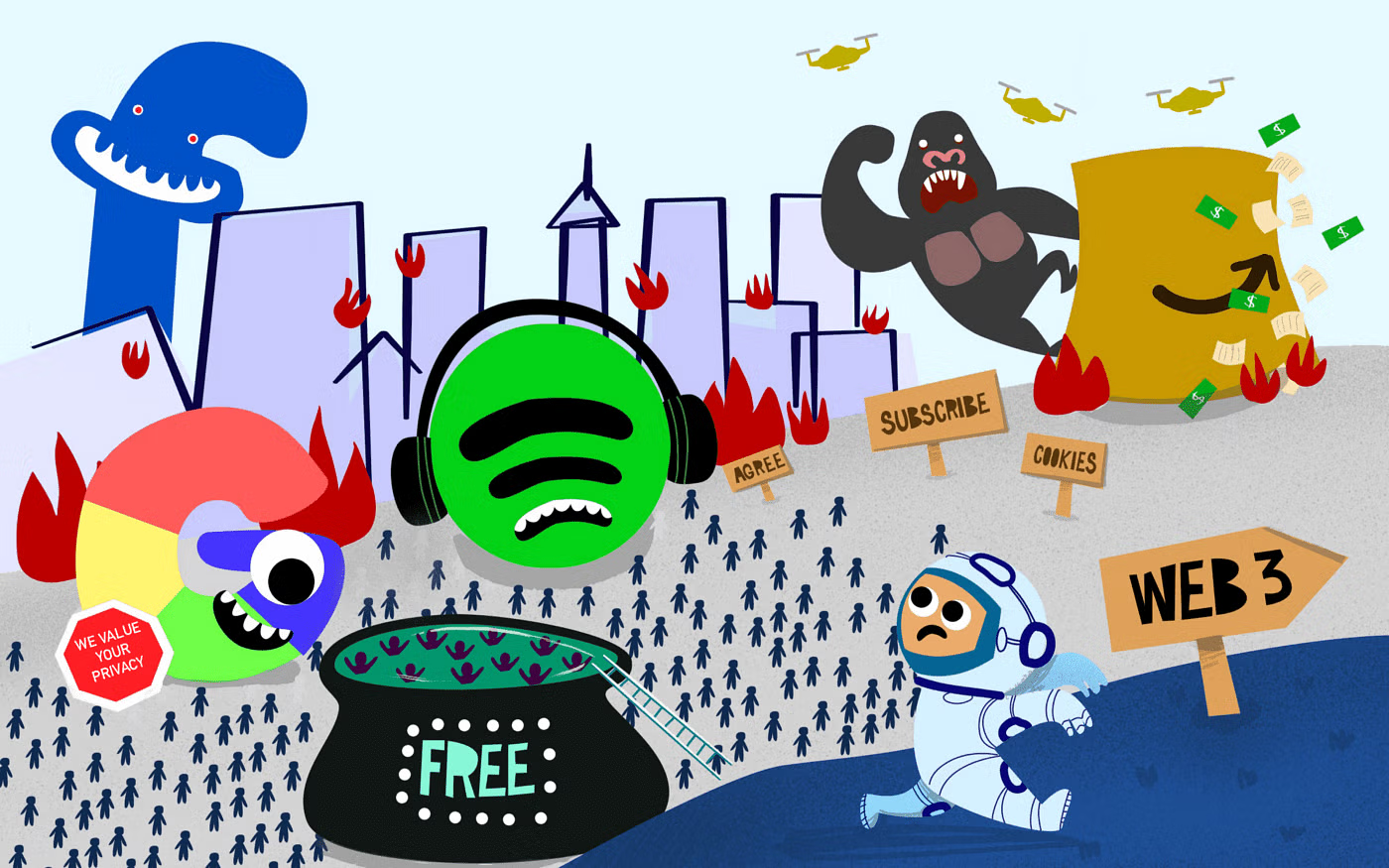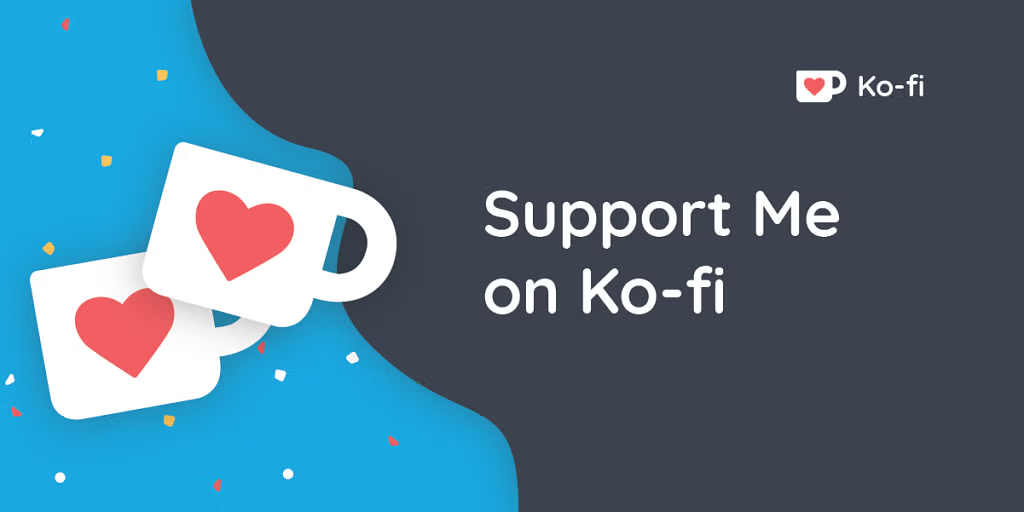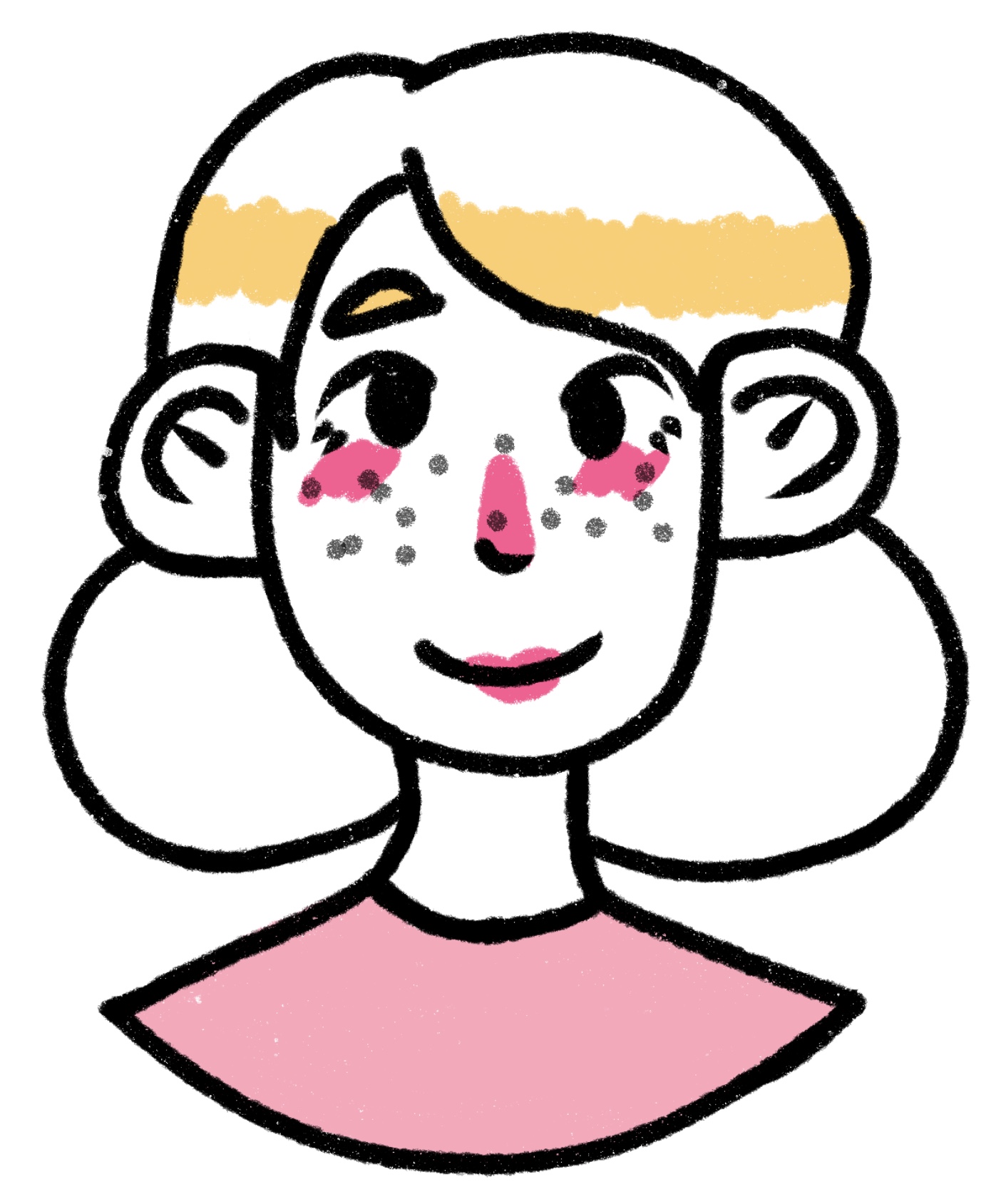How to Monetize Your Creative Work Without Advertising
What can you use it for?
You can use donation services for pretty much any type of online content. It doesn’t require a steady stream of work, since people just pay whenever they feel the content is worth it.
How much money can you make?
It’s not easy to find any information on how much people actually earn from donation services, but since we’re talking small one-time donations, it’s probably not going to be a lot.
How much work is it?
It can be as little work as signing up for one of the services and adding a donate button to your online content. If you want more donations, you'll probably have to promote your content more.
Where can you learn more?
Ko-fi has a useful article on how to get started and making it work.
Utreon has a thorough comparison of features, pricing, etc. of Ko-fi and Buy Me a Coffee.
4. Micropayments / Web Monetization

What is it?
With the Web monetization service Coil, users pay a monthly fee of $5, which is distributed among all the creators the user visits, if they are signed up for Web Monetization. The micropayments are automatically streamed to the creators’ accounts through a browser extension when users visit their content.
What can you use it for?
You receive micropayments based on the amount of time users spend with your content, so it works for any kind of content which takes a little while to use. You can also provide exclusive content to Coil users.
How much money can you make?
Right now, probably not very much, since Coil only streams a very small amount from each user, and the user base is not that big yet. It doesn’t help that the sign-up process is a bit technical and cumbersome. But, this could change in the future and Web Monetization or something similar could become the primary way to fund online content.
How much work is it?
Once you’re signed up and have installed the needed browser extensions, you’re good to go. You might need to create custom content for Coil subscribers, if you want to grow your user base.
Where can you learn more?
Amber Case writes about the current state of micropayments on Medium.
Coil has detailed guidelines for how to get started with Web Monetization.
Alternatives to Crowdfunding
Obviously, crowdfunding isn’t the only alternative to advertising if you want to earn money from your creative work. You can sell stuff, like Figma templates, Notion templates, articles, or any kind of artwork. You can also apply for grants or try to find corporate sponsors who’s brand whose brand aligns with yours. If you have a large following, you can also set up paywalls around your content.
What Will the Future Hold?
It's uncertain what the future holds for crowdfunding, but we think some of the methods have potential to become a steady income in the future. More than 5 billion people are online. If just 5 or 10% of those people we’re part of crowdfunding it could create a steady income for a lot of creators. And it’s not necessarily unrealistic for that many people to sign up for something. A social media platform like Pinterest has nearly 300 million users. Facebook has a whopping 2.38 billion users, that’s almost 50% of all the people online.
But why would people want to pay for something they get for free? We don’t know if it’s possible to get more people to pay for content, but we think it’s possible. A website like Wikipedia is already almost solely funded by individual donations. Additionally, new laws that limit advertising and personal data usage may make online advertising less profitable in the future, pushing websites to charge for content in different ways.
We think micropayments are a promising solution because they allow creators to make a living while still keeping content open and free for those who can't afford to pay. But for widespread success, the entire ecosystem of online payments needs to be made much more user-friendly for small transactions. Services like Coil are experimenting with solutions, but there's still a ways to go before it's easy enough for the average internet user.
Hopefully that ecosystem isn’t too far away, and in the meantime we’ll continue to experiment with the different solutions. Afterall, the best way to predict the future is to help create it.
Want to Learn More?
You can read more mind boggling statistics about internet use and the brief history of the internet at Our World in Data.
This article was funded by Grant for the Web, an Interledger Foundation program to boost open, fair, and inclusive standards and innovation in Web Monetization











